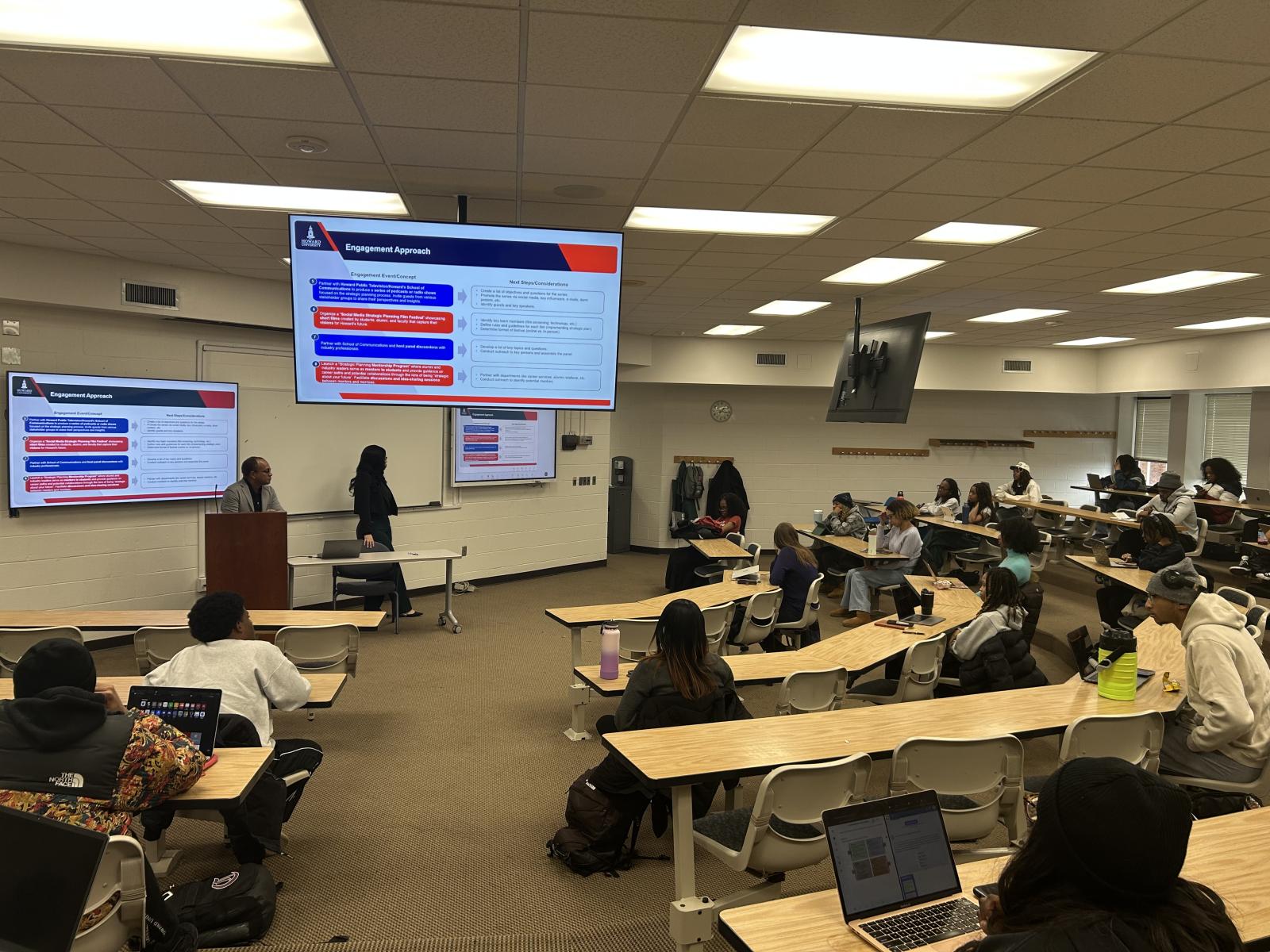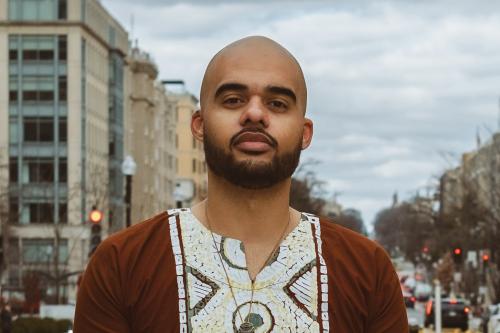Howard University is moving deliberately in the creation of a strategic plan, the guiding document that outlines a university’s goals and steps to reach them. At many institutions, the process is often a mystery to those outside the core group of contributors. To tackle the complexity of decision-making at a leading research university, it is vital to prioritize transparency, engage stakeholders fully, and work collaboratively to craft a process that resonates with everyone involved.
Howard University’s Office of Strategy — led by senior vice president and chief administrative officer Rashad Young and assistant vice president of strategy Christina Jimbah — understood that the “Howard Way” meant engaging all stakeholders. As envisioned by Howard University President Ben Vinson III, Ph.D., the process had to be inclusive, engaging, and one in which all University stakeholders want to participate fully.
To create a new strategic plan tailored to meet our needs, we must lean on our campus community for the solutions to address the opportunities and challenges that we face.
“Our university has such a rich legacy and a storied history of excellence that continues to propel us to maximum strength,” says Jimbah. “To create a new strategic plan tailored to meet our needs, we must lean on our campus community for the solutions to address the opportunities and challenges that we face. Our campus talent is the best resources to tell us our direction and how to best get there, and the Office of Strategy is leading the engagement process with that in mind.”
Howard Forward, the University’s former strategic plan, concluded in 2024 after being initiated by President Emeritus Wayne A. I. Frederick (B.S. ’94, M.B.A. ’11, M.D. ’94) and completed by President Vinson. It brought growth with campus expansion, increased graduation rates, and helped lead to the attainment of R1 Carnegie Classification, indicating “very high research spending and doctorate production,” among other accomplishments. Howard University is currently the only HBCU to hold this designation.
President Vinson sees this as an opportunity to grow deeper roots as a full campus community. For the Office of Strategy, this became the call to action in formulating Howard’s next steps.
Building upon the popularity of the President’s “Bison Engagement Tour,” it was clear that Howard not only had the potential to reach maximum strength, but also that the people that make up the University were best suited to come up with the ideas, creative steps, and solutions to bring them to reality. A “Bison Real Talk Series” was developed as an outgrowth from that tour, creating a space to discuss various topics, like challenges in higher education, HBCU life, artificial intelligence (AI), social justice, and more. The Office of Strategy also sent out surveys to maximize engagement.
Gaining insights from an entire university is a logistical challenge, so how do you hear from your community, often and consistently, in the process of building your next strategic plan?
To ensure ongoing engagement, Howard’s planning process is led by two governance committees comprised of students, faculty, staff, and alumni: the Hilltop Architects and the Bison Vision Council. Members of the committees are appointed by President Vinson based on nominations from senior administrative leaders, deans, and other University leadership, and are responsible for laying a strategic foundation based on President Vinson’s vision and key priorities. They have worked to synthesize the themes collected through the Real Talks, as well as feedback from other engagements and surveys, and draft a set of core pillars for the plan.

Engagement does not stop there. The work of the governance committees led to a facilitated exercise on the prioritization of the proposed strategic planning pillars and ways to grow and increase revenue. In addition, the Office of Strategy went out to classrooms to meet students in their element. For example, students in Dr. Amanda S. Hinojosa’s Management and Organizational Behavior class listened to a presentation on the strategic planning process and offered their feedback. Dr. Hinojosa is an associate professor in the Department of Management in the School of Business.
Additionally, Howard University Student Association executive president Jay Jones partnered with the Office of Strategy to hold a student-only focus group, where students from first-years to the graduate/professional level gathered and shared their thoughts on the proposed pillars of the plan. The Office of Strategy also conducted meetings with the department chairs and faculty of numerous academic units to solicit feedback on their perspective of challenges and opportunities faced by the University and higher education at-large.
More informally, the strategic planning team also conducted a highly successful “pop-up” event in the Blackburn University Center to spread awareness about the strategic planning process and build a direct dialogue between the Office of Strategy and students and faculty. The pop-up offered giveaways and games to create a relaxed and engaging atmosphere and resulted in the participation of over 200 students, faculty members, and staff members who shared honest and candid feedback about their needs.
The collective results of engagement efforts so far include over 1,400 opinions and 240 unique ideas from students, faculty, staff, and alumni and engagement, with more to come.
So, what is next in the strategic planning process?
The Office of Strategy and the governance groups are actively combing through feedback and building a refined, working framework with specific pillars, initiatives, milestones, and metrics. To get there, the Office of Strategy is working to host additional engagements that are both fun and informative to help fill in any gaps in perspectives. Upcoming events include game nights at residence halls, additional Real Talks, town halls, alumni sessions, meetings with elected officials, and increased engagement through surveys.
“We are not just creating a new strategic plan together,” said Young. “We are also developing an implementation approach to ensure the plan is successful.”
The Office of Strategy is continuing to work to ensure that the full campus takes part in the development of every pillar and initiative. The goal is for the plan to be a collective effort which prepares the University to meet the needs of today and the future, while honoring its storied legacy and traditions of excellence in education, research, and cultural influence.
“Moving Howard to maximum strength requires the collective effort of everyone at Howard,” said Young. “The Office of Strategy is ready, willing, and able to engage, listen, and make things happen.”
If you have not yet participated in the strategic planning process, please visit https://strategicplan.howard.edu/ for more information. Make your voice heard by contacting the Office of Strategy to engage in the process and help shape Howard’s future.





